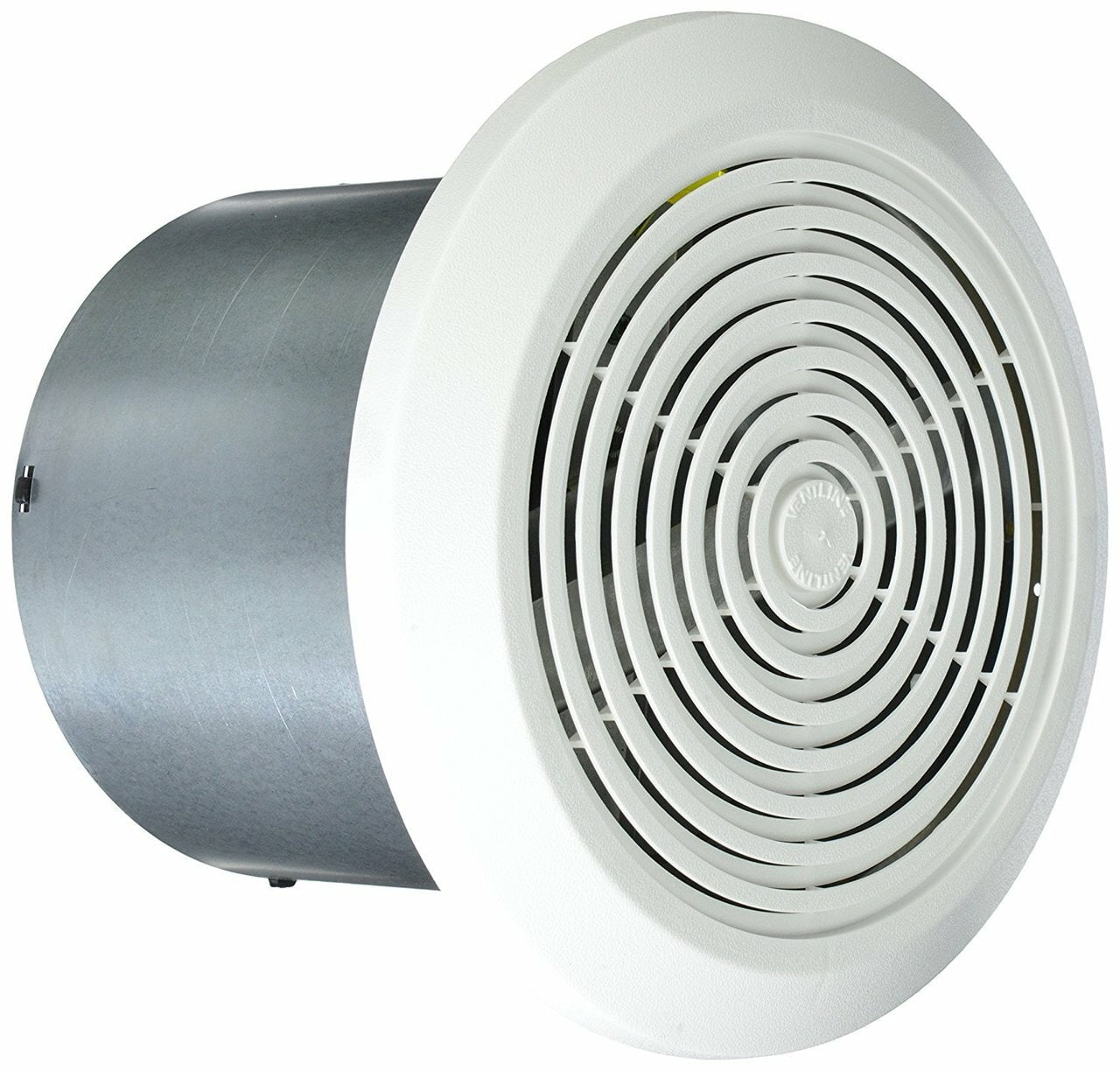Bathroom Exhaust Fan Performance: Bathroom Exhaust Fan 70 Cfm

Bathroom exhaust fan 70 cfm – Having a well-ventilated bathroom is crucial for maintaining a healthy and comfortable environment. A bathroom exhaust fan plays a significant role in achieving this by removing moisture, odors, and pollutants from the air.
So, you’re looking for a bathroom exhaust fan with 70 CFM? I feel you. A good one can make all the difference, especially if you’re a fan of resident evil wallpaper. I mean, who wants to be stuck in a bathroom with a fogged-up mirror and a lingering stench?
Not me, that’s for sure. Anyway, back to the fan. Make sure to check out the reviews and ratings before you buy. You don’t want to end up with a dud that’s going to leave you with a smelly bathroom and a headache.
Benefits of a 70 CFM Exhaust Fan
- Effective Moisture Removal: A 70 CFM exhaust fan can effectively remove excess moisture from the bathroom, preventing the growth of mold and mildew, which can cause respiratory problems and other health issues.
- Odor Elimination: It helps eliminate unpleasant odors caused by bathroom activities, such as showering, using the toilet, or applying makeup.
- Improved Air Quality: By removing pollutants and allergens from the air, a 70 CFM exhaust fan can improve the overall air quality in the bathroom, making it healthier for you and your family.
Impact of Fan Speed on Ventilation Effectiveness
The speed of the exhaust fan plays a crucial role in determining its ventilation effectiveness. A higher fan speed results in a higher airflow rate, which means more air is being removed from the bathroom. This is particularly important in larger bathrooms or bathrooms with multiple occupants.
So, I’m thinking of getting a bathroom exhaust fan with 70 CFM. It’s supposed to be good for keeping the air fresh and preventing mold. But then I got distracted by this amazing the owl house wallpaper. It’s so cute! I wonder if it would look good in my bathroom…
Anyway, back to the exhaust fan. I think I’ll get the one with the built-in light. That way, I can kill two birds with one stone.
Fan Placement for Optimal Airflow
The placement of the exhaust fan is critical for ensuring optimal airflow and efficiency. The fan should be installed on the ceiling or high on the wall, directly above the source of moisture or odor. This allows the fan to capture and remove the moisture and pollutants effectively.
Fan Features and Considerations

Choosing the right 70 cfm exhaust fan for your bathroom requires considering several key features. These features impact the fan’s performance, noise levels, and energy efficiency.
One important consideration is the type of fan blades. Different blade designs affect airflow and noise levels. For example, curved blades generally produce less noise than straight blades while maintaining good airflow.
Noise Levels
Noise levels are another crucial factor to consider. Exhaust fans can generate varying levels of noise, measured in sones. Lower sone ratings indicate quieter operation. For bathrooms, a fan with a sone rating of 2 or less is generally considered quiet.
Energy Efficiency
Energy efficiency is essential for reducing operating costs. Look for fans with high CFM (cubic feet per minute) to airflow ratios. A higher CFM to airflow ratio indicates the fan can move more air while consuming less energy.
Installation and Maintenance

Installing and maintaining a 70 cfm exhaust fan in your bathroom is not rocket science, but it’s essential to ensure proper ventilation and prevent moisture buildup. Here’s a step-by-step guide to help you out:
Safety Precautions, Bathroom exhaust fan 70 cfm
Before you start, safety first! Turn off the power to the bathroom at the circuit breaker. Also, wear safety glasses and gloves to protect yourself from dust and debris.
Installation
1. Mark the location where you want to install the fan, ensuring it’s centered above the shower or bathtub.
2. Cut a hole in the ceiling using a drywall saw or a hole saw. The hole should be slightly larger than the fan housing.
3. Connect the fan wires to the electrical wires in the ceiling, following the manufacturer’s instructions. Use wire nuts to secure the connections.
4. Insert the fan housing into the hole and secure it with screws.
5. Attach the fan grille to the housing and turn on the power to test the fan.
Maintenance
To keep your exhaust fan running smoothly, follow these tips:
1. Clean the fan grille regularly to remove dust and debris.
2. Check the fan blades for any damage or obstructions.
3. Lubricate the fan motor according to the manufacturer’s recommendations.
4. Replace the fan filter every few months to ensure optimal airflow.